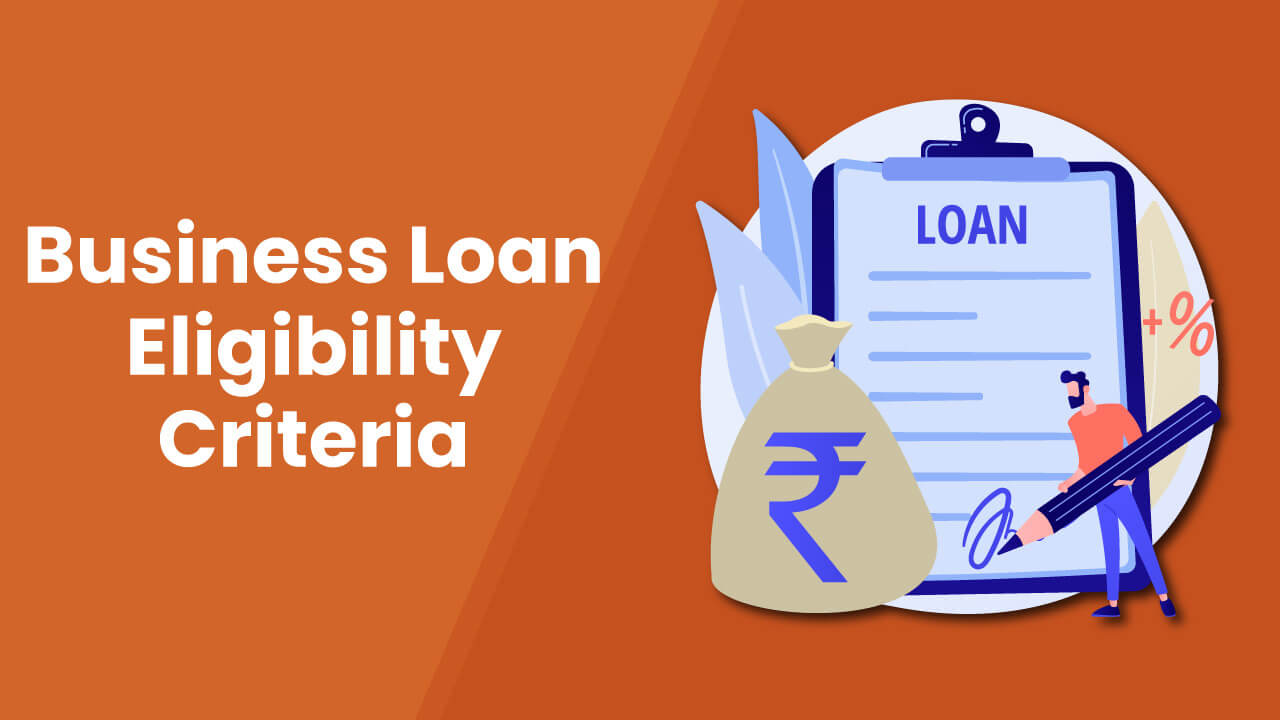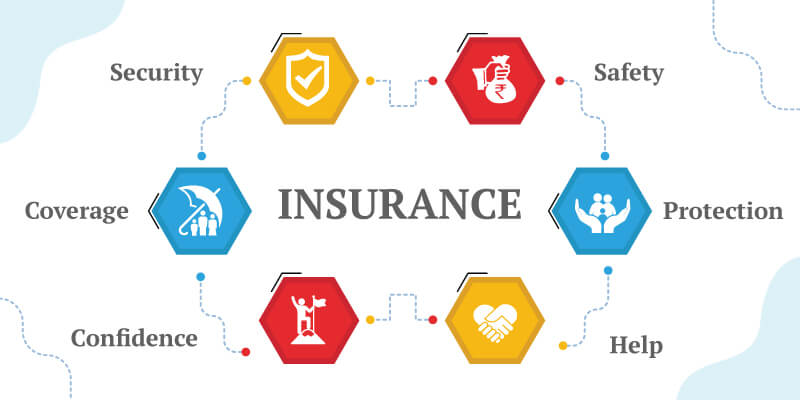Content Attributes
When looking for a life insurance policy, it is important to consider what type of policy will fit your needs. A 20 year term life insurance policy, for example, is a popular option, as it provides coverage for a specific period of time and is relatively affordable. If you’re looking into life insurance, then you may want to check out this guide to help you figure out what to look for when it comes to policies.
Types of Life Insurance

Always consider the type of life insurance policy you’re getting first. There are two main types of life insurance policies: term life and whole life. Term life policies are cheaper than whole life policies, but they only provide coverage for a certain period of time, usually 10 to 30 years. Whole life policies provide coverage for the policyholder’s entire life, and they usually have a higher premium than term life policies.
Terms of the Insurance Policy
Some policies will pay out only if you die during the term of the policy. Others will pay out either on your death or if you become terminally ill. Some policies only cover death, while others will also cover things like disability or critical illness. You’ll want to read the fine print before you sign on any dotted line. Make sure you understand all the terms and conditions of the policy before signing up.
Deductibles
The deductible is the amount of money that you must pay out of pocket before the insurance company begins to pay benefits. The higher the deductible, the lower the premiums will be. However, it is important to make sure that you have enough money saved up to cover the deductible in the event of death.
Premiums
How often do they need to be paid, and how much will they increase over time? Some policies have a fixed premium that never changes, while others will increase each year. There is no one-size-fits-all answer to this question, as the premium for a life insurance policy will vary depending on the age and health of the person being insured, the type of policy, and the amount of coverage. Some factors that typically affect the cost of a life insurance policy include the following:
- Age of the person being insured
- Type of life insurance policy
- Amount of coverage
- Health of the person being insured
- Length of the policy
Generally speaking, the older a person is, the more expensive it will be to insure them. Term life insurance policies are cheaper than whole life or universal life policies, and policies with higher coverage amounts will cost more than policies with lower coverage amounts. Healthy people tend to be cheaper to insure than those with health problems, and policies with longer terms (e.g. 20 or 30 years) tend to be more expensive than policies with shorter terms (e.g. 10 or 15 years).
Term Length

Most policies are for a certain number of years, such as 10, 20, or 30 years. Once the term is up, the policy expires and you no longer have coverage.
Death Benefits
A death benefit for life insurance is a payout that is made to the beneficiary of a life insurance policy when the policyholder dies. The death benefit is often a lump sum payment, but it can also be a series of payments over a certain period of time. The amount of the death benefit depends on the terms of the policy, but it can be quite substantial. So, you’ll want to review this when shopping for life insurance.
At the end of the day, you should always consider the company issuing the policy. Not all life insurance companies are created equal, and some are more reputable than others. It’s important to do your research before purchasing a policy to make sure you are getting the best coverage at the best price to ensure your future plans.



